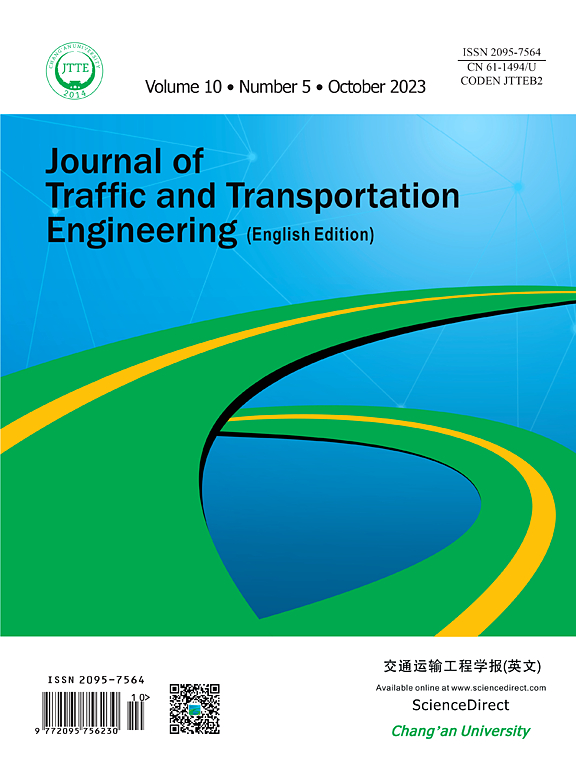
The present research aimed to identify critical factors that affect speeding behavior. For that purpose, high-resolution smartphone data collected from a naturalistic driving experiment of 88 drivers were utilized, augmented with data from self-reported questionnaires. Using risk exposure and driving behavior indicators calculated from smartphone sensor data, as well as demographic characteristics and self-reported driving performance, statistical analysis was carried out for modelling the percentage of driving time over the speed limit, namely by means of generalized linear mixed-effects models. More precisely, an overall model was developed for all road environments, and additional separate models were developed for driving on urban and rural roads. The results from the interpretation of the estimated parameters of the models can be summarized as follows: the parameters of trip distance and mobile phone use while driving have been determined as statistically significant and positively correlated with the percentage of speeding time during a driver’s trip. In the same context, male drivers and drivers in the age group of 18–34 also increase the percentages of speeding instances while driving. Regarding driving behavior as stated on the questionnaire, it seems that low frequencies of self-declared speeding (never or rarely) are statistically significant and negatively correlated with the percentage of speeding time. It is expected that this research can provide considerable gains to society, since the stakeholders including policy makers and industry could rely on the results and recommendations regarding risk factors that appear to be critical for safe driving.
| ID | pj237 |
| DOI | |
| Tags |







